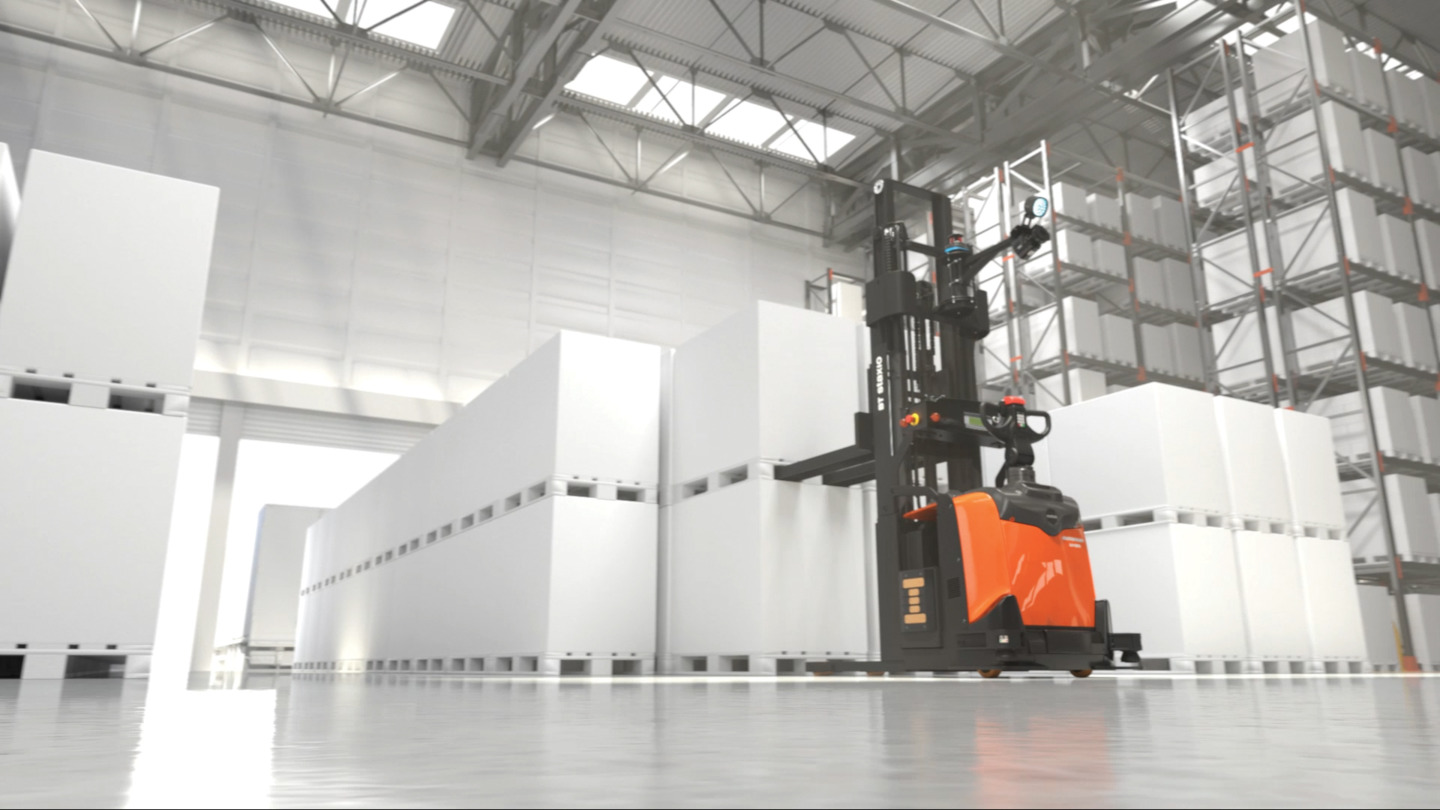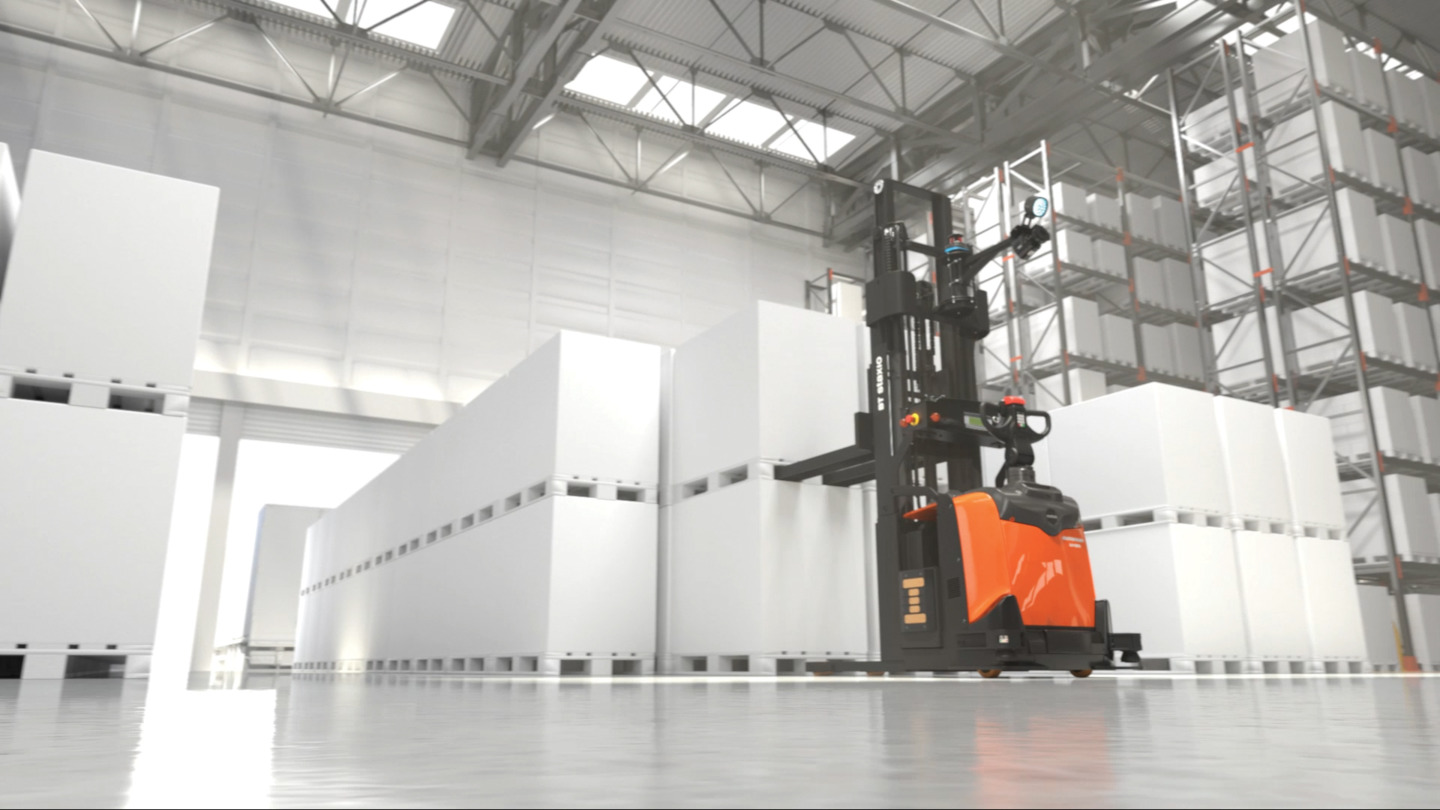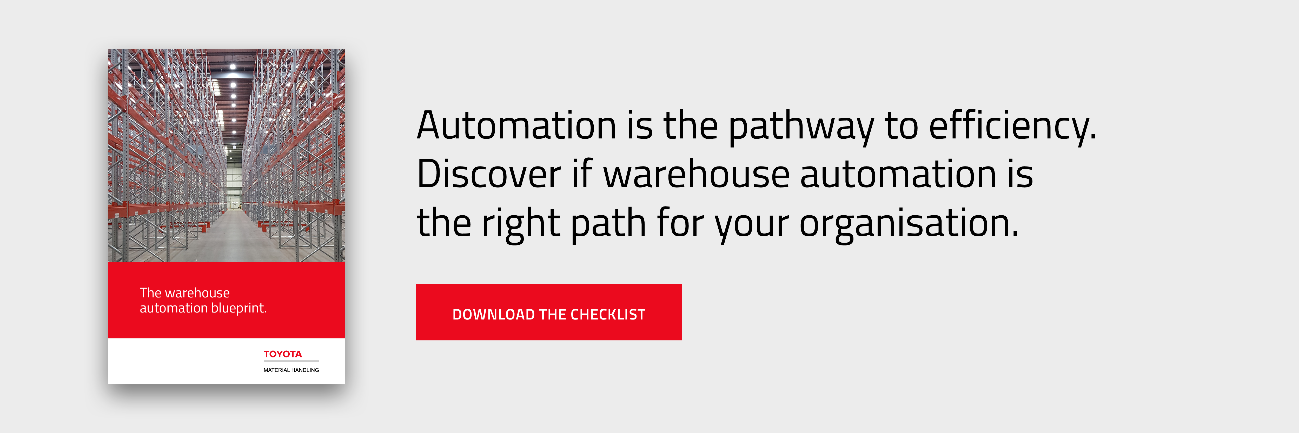Product damage, or the thought of it, plagues warehouse managers, logistics teams and owners alike. It is no surprise as product damage can have devastating effects on your business. As with any risk, individuals need to mitigate it by being proactive about prevention and open to innovation.

Damage prevention — the act of reducing the likelihood of the event — is an ongoing activity that changes over time and adapts as new technologies and processes are developed. This outlines why you must prioritise damage prevention and five ways to dramatically reduce it in your warehouse.
- Why prioritise damage prevention? The long-lasting effects of product damage.
- How to reduce product damage in warehouse environments.
Why prioritise damage prevention? The long-lasting effects of product damage.
Most of us think of product damage as a linear event where a product gets damaged and loses its value. If a product costs £400, we lose £400. But is it really that simple? More often than not, product damage causes a series of follow-on events, totalling something much greater than the original product value. Instead of losing £400, we might lose £4,000 or even more, depending on the subsequent damage.
Product damage almost always creates a snowball effect where the impact gets larger over time. Like in an earthquake, there are aftershocks, where the impacted area and severity of the situation grows, getting worse over time. Aside from product cost, product damage can also impact:
- Total product spend as more money is spent on replacing an item.
- Wider warehouse delays if the event causes workers to miss task-dependent deadlines.
- Increase insurance premiums if a worker or another organisation is involved and makes a claim.
- Relationship management if a dispute arises from product damage between you and another party.
- Company reputation if you lose safety accreditations and authority as a result of a major mishap.
- Customer satisfaction levels if you fail to realise damage and send out faulty products.
- Worker wellbeing and morale if product damage causes injury or impacts productivity.
Suddenly, the impact of a standalone event has a far greater reach, impacting the warehouse and its performance as a whole. Therefore, damage prevention is key.
How to reduce product damage in warehouse environments.
1. Suitably manage pallets.
Managing pallets and making sure they are safe for transportation is key to driving down product damage. Pallet review should be a formal, uniform process carried out by every warehouse worker.
The process should look something like this:
- Prior to loading, review the pallet for faults that could cause unloading problems.
- Prepare the pallet for transportation, loading it to the appropriate weight.
- Wrap the pallet starting from the base and working your way upwards.
- Test the load stability to see if it will move around in transit.
- Pass the pallet on for a final inspection, carried out by another worker.
2. Optimise your operation.
To prevent product damage across the board, audit your operation as a whole to see how well your warehouse is set up for success. Is there a way you can make your operation more lean? How can you strengthen your warehouse’s weaknesses?
Do the following as part of your audit:
- Update and remind everyone of housekeeping rules.
- Create or review warehouse zones to dedicate space to different functions.
- Assess the size of your warehouse, if it is fit for use or eligible for an upgrade.
- Update key warehouse documents such as site layout and risk graphs.
- Look for new opportunities to include technology to make visibility and performance easier, such as a fleet management system.
3. Stress health and safety.
Health and safety is the antidote to product damage, helping eliminate possible risks and protect everyone involved in product handling.
Some quick health and safety fixes include:
- Doing daily checks for overloading, trip hazards and aisle obstructions.
- Installing safety equipment like netting, column protectors and pallet racking.
- Putting up signage to signal low doors and barriers as well as gaps and steps.
4. Train and look after teams.
The majority of product damage occurs during handling when teams are responsible for moving goods from one area to another. As such, the prevention of product damage is as much led by people as it is processes.
When thinking about product damage in the context of teams, consider:
- Providing refresher training and workshops.
- Including health and safety updates in company briefings.
- Reviewing shift patterns to make sure workers are well-rested and alert.
- Keeping a close eye on hours worked and break times to mitigate mistakes.
5. Embrace automation.
Generally, experts will say product damage can never be truly eliminated, only reduced by implementing the right measures. This might be true in many standard warehouse scenarios. Mistakes are made, accidents happen — but they are very rare when using automated warehouse systems.
Automated Guided Vehicles (AGVs) and other types of warehouse automation take the human error out of pallet handling, ensuring products have an even slimmer risk of getting damaged as they always follow the same programmed route.
In moving pallets and their content mechanically, product damage is almost guaranteed to never happen.
Unlike the other points on this list, implementing warehouse automation is a little more complicated than a simple checklist. You will first need to know if it is truly right for you and understand its forecasted impact on your business. That is why we have created a warehouse automation blueprint.
Find out if warehouse automation is the right path for your organisation.
Warehouse automation is aimed at separating the unique from the repetitive and optimising across the board. Our automation blueprint checklist is designed to take you through the prospect of automation step-by-step. It includes everything from questions you should ask before you get started, when you select a provider and more.
Click the link below now to find out if warehouse automation is right for you.

